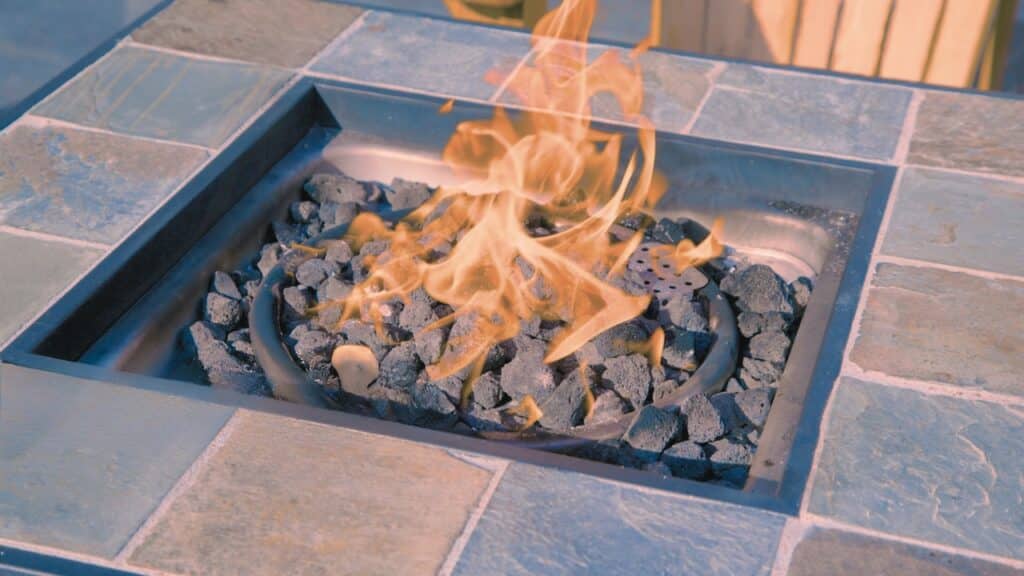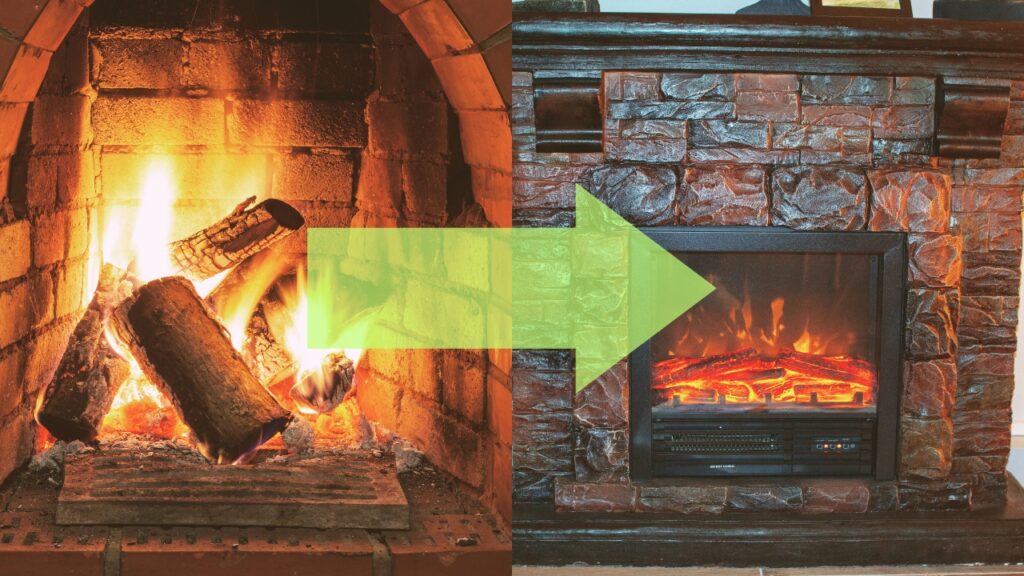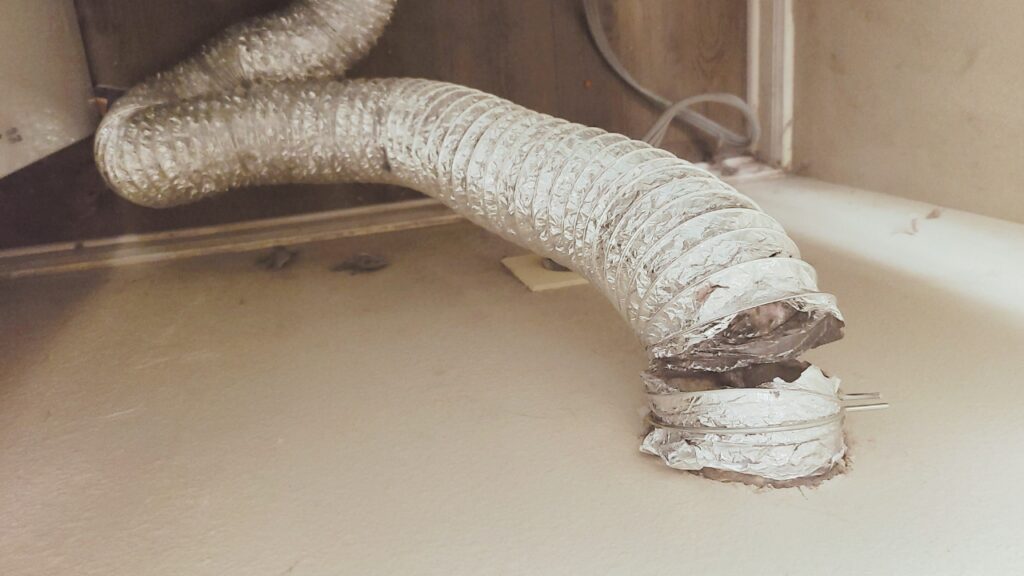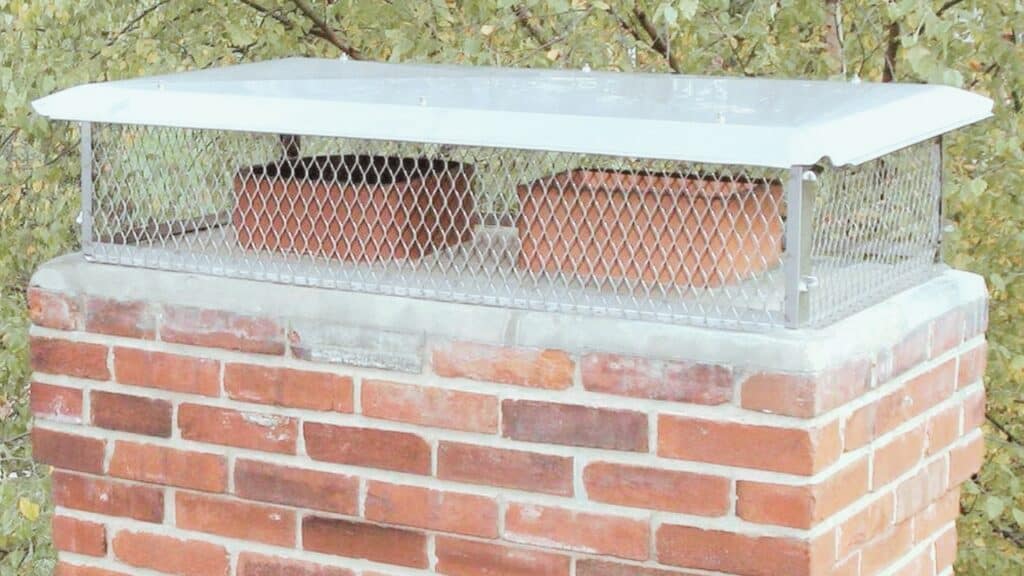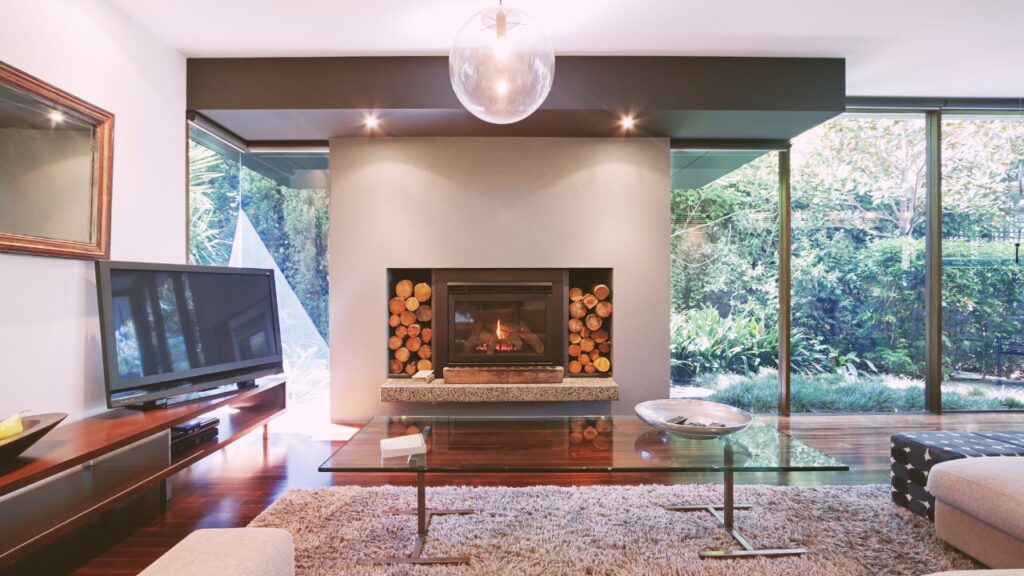To enjoy the warmth of your fireplace in chilling winters, it’s important to keep your chimney and fireplace in great shape through annual chimney inspections and regular maintenance.
Unfortunately, many homeowners only act when the damage has been done, which can lead to chimney complications. Ignoring a damaged chimney is a health and safety hazard. It’s also costlier because the more you ignore the problem, the more damage it causes. This results in more expensive repairs that could’ve been avoided through vigilance and swift action.
But how do you know your chimney has been damaged? There are some warning signs of damaged chimneys. If found, you should not wait to call a professional chimney expert to take care of it.
In this article, we’ll talk about these signs and how to spot them. But before that, let’s talk about the most common causes of a damaged chimney and their associated risks.
What Causes Chimney Damage?
Several things can damage your chimney. It faces a constant battle against nature, where weather and neglect can lead to expensive chimney repair scenarios like:
Wear & Tear
A chimney structure and its parts are subject to the elements. This results in the gradual decay and wearing down of the chimney. For example, a chimney crown and exterior may form cracks if they have been exposed to moisture or extreme weathering for a long time. Also, a chimney liner may crack or warp after years of exposure to hot exhaust gases from the firebox.
——
Do You Need to Hire Chimney & Fireplace Expert?
Get free quotes from qualified experts near you. No commitment required!
——
Neglect
A chimney and fireplace system must be maintained in proper working condition. Without regular chimney cleaning and maintenance, parts of the chimney will be weakened due to rust, exposure to the elements, normal wear and tear, and more.
Moreover, dust and debris can clog the chimney. This prevents its efficient functioning and increases the risk of a chimney fire.
If you don’t hire a professional chimney sweeping service for the annual inspections of your chimney, many of these issues go unnoticed and worsen over time. This leads to severe damage and puts you and your family in an unsafe environment.
Faulty Chimney and Fireplace Construction Problems
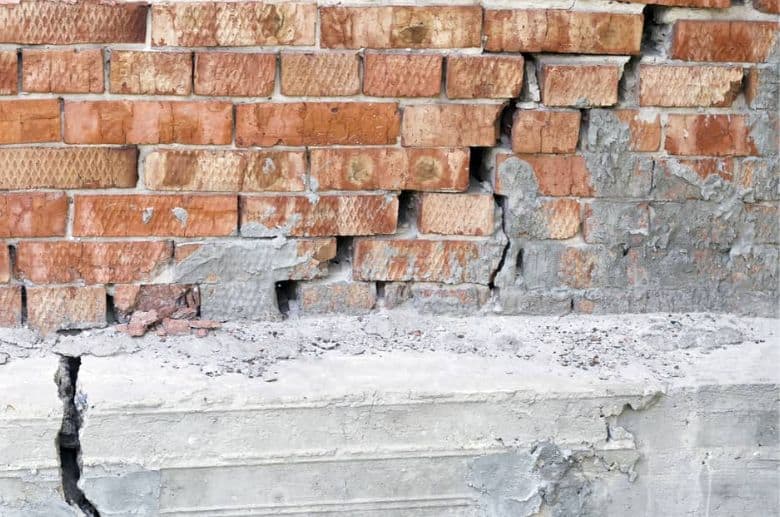
A complex chimney and fireplace system needs to be constructed according to the NFPA 211 standard. If the design guidelines are not followed during construction, problems can be built into the system, which can cause serious damage later.
Some of the common design issues include:
- The chimney flue size is inaccurate, or the flue is not installed properly, resulting in drafting issues.
- Use of the wrong type of mortar or low-quality bricks in construction. This can drastically reduce the chimney’s lifespan and cause the fireplace to crumble when exposed to fires.
- The chimney foundation is too small, or proper rebar support is absent. In such cases, the foundation cannot bear the weight of the chimney, so it starts to lean.
Act of God
Sometimes the cause of the damage is not due to anyone’s fault or negligence, and the damage occurs due to some unforeseen natural cause such as a lightning strike or a hurricane. An earthquake can shake the chimney foundation and form cracks in it. It’s also common for strong winds and storms to throw away your chimney cap, letting water and snow inside your chimney.
Risks of Having Damaged Chimney
What happens if you let chimney damage go for a long time? Bad things, it turns out.
Toxic Gasses
A damaged chimney flue cannot properly draft smoke out of the chimney. The smoke and other exhaust gases, most notably carbon monoxide (CO), leak through the cracks and enter your living space.
Smoke can cause irritation and respiratory issues after prolonged exposure. CO gas is extremely poisonous and can cause fatalities in a matter of minutes. Since CO gas does not have any color or smell, it’s almost impossible to detect. It’s important to have CO detectors installed throughout your house.
Chimney Fire
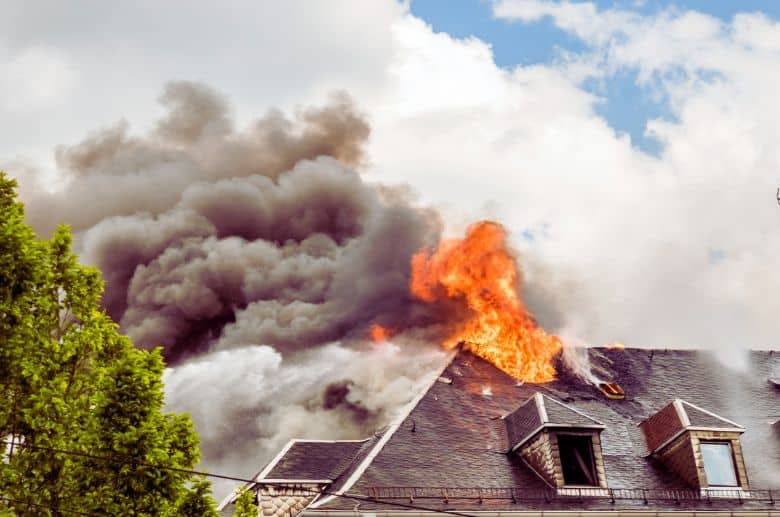
When a chimney is not maintained and cleaned for a long time, debris, soot, and creosote deposits start to clog the chimney flue. This can lead to hot exhaust gases from the firebox getting stuck inside the chimney. The heat of these hot gases ignites the highly flammable creosote deposits, resulting in a chimney fire.
A chimney fire is dangerous. It can spread into your house through cracks inside the chimney flue. And before you know it, your whole house is on fire.
Moisture Problems
Moisture is the single worst enemy of your chimney. Water damage and moisture problems can arise from multiple reasons:
- Cracked chimney cap
- Bad chimney flashing
- Roof damage
- Broken chimney crown
- Damaged exterior
Whatever the reason, moisture can result in serious damage and even risk your chimney’s structural integrity.
How Do You Know If Your Chimney Is Damaged?
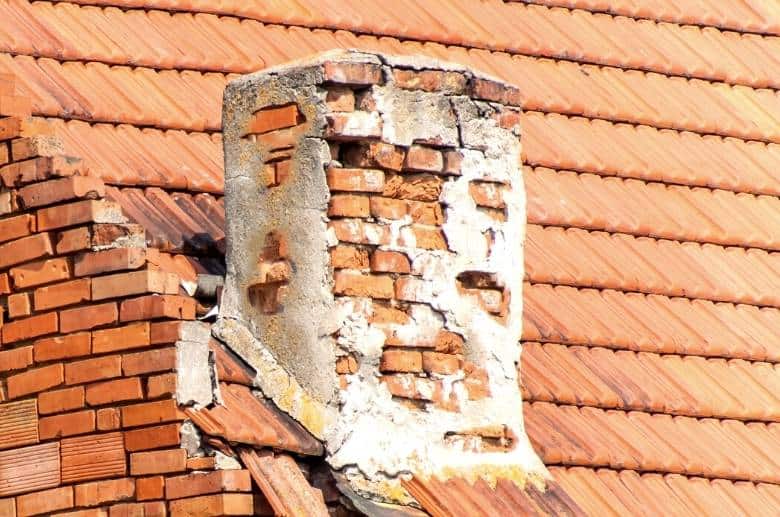
Here are seven warning signs of a damaged chimney that you cannot ignore:
1. Chimney Masonry Damage
Chimney masonry is hard to inspect from the ground. You’ll have to climb up the roof and carefully look for signs of any deterioration or gaps in the mortar joints. Also, look for signs of moisture damage, such as spalling bricks, efflorescence (white stains), and discoloration.
2. Cracked Chimney Crown
While on the roof, check your chimney crown for any signs of cracks or damage. These cracks should be repaired and covered with a sealant in order to prevent further leaking and deterioration. If the damage is severe, you’ll need to install a new chimney crown.
3. Broken or Damaged Chimney Flue
If you notice:
- drafting issues
- smoke is coming back inside your room
- CO detectors going off
That probably means your chimney flue (liner) is cracked.
Another sign of chimney flue damage is the presence of broken chimney flue tiles inside the firebox.
4. Damaged Chimney Flashing
Climb up to your roof to check if your chimney flashing is in good condition. If your brick chimney flashing has cracks or gaps left uncovered, seal them to prevent leaking. But if you have a warped and severely damaged chimney flashing, get it replaced by a professional chimney company.
5. Rusted Metal Parts
Moisture can seep inside a chimney and corrode your firebox and damper. This hinders the optimal performance of your chimney and causes irreversible damage.
If you notice rust on your firebox damper, the only solution would be to replace your chimney damper with a professional. But it should be done after fixing the actual source of the damage.
6. Water Damage
Water leaking from the chimney can seep inside your attic and cause damage to the ceiling. You’ll notice the wall paint, plaster, and wallpaper deteriorating. If left unchecked, mold can start to form.
Other signs of water damage include water stains on the walls beside your chimney, condensation inside your fireplace, a weird, moist smell, and dripping sounds coming from the chimney.
——
Do You Need to Hire Chimney & Fireplace Expert?
Get free quotes from qualified experts near you. No commitment required!
——
7. Leaning Chimney
One of the most dangerous forms of chimney damage is structural damage to the chimney. A leaning or collapsed chimney poses a serious threat to the integrity of the chimney. If there’s a gap between the chimney and the house siding, or you notice a tilt in your chimney, call a professional immediately.
8. Unusual Noises from the Chimney
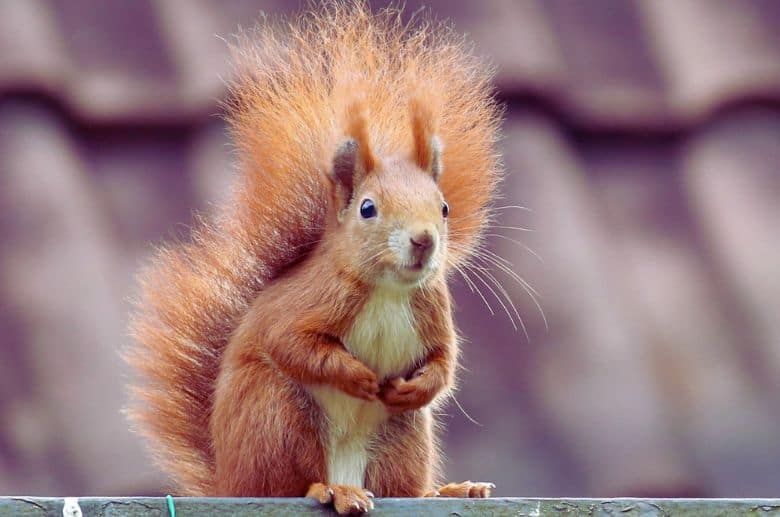
Another sign of a potentially damaged chimney is the presence of unusual noises. If you start hearing strange sounds such as cracking, popping, or a rumbling noise coming from your chimney, it could indicate a problem.
These noises might be a result of various issues, such as loose or broken parts, blockages, or even animals nesting inside your chimney. In some cases, a loud cracking or popping noise could be a sign of a dangerous chimney fire.
If you hear any unusual sounds from your chimney, it’s important to call a professional chimney service immediately to inspect and address the issue.
Is Chimney Damage Covered By Insurance?
Chimney damage is often included in homeowners’ insurance. But all insurance policies differ, so it’s best to have yours checked by an expert to see if you can file a chimney damage insurance claim.
Even if your insurance policy covers chimney damage, not all forms of chimney damage will be covered. That’s because insurance policies only cover damages incurred by sudden, unforeseen events.
Chimney damage caused by lack of maintenance, negligence, or normal wear and tear will not be covered by insurance. But if a lightning strike, storm, or earthquake caused the damage, it is most likely to be covered by insurance.
In such cases, it’s best to call in a professional chimney sweep to have your chimney inspected to find out the cause of the damage, suggest appropriate fixes, and provide a quote. You can submit the detailed report provided by the chimney sweep to your insurer and file a claim.
The Takeaway
A damaged chimney is a health and safety risk that should be dealt with immediately to avoid further damage and destruction. If you notice:
- Water damage
- Roof and flashing damage
- Cracks in the chimney crown and exterior
- Chimney noise
- Rust in the fireplace damper
- A lean in your chimney
Call in a chimney sweep immediately!
But prevention is better than cure. That’s why having your chimney cleaned and maintained regularly is important. Additionally, make sure you conduct thorough chimney inspections at least once a year.
Not only will it increase your chimney’s life and protect it from damage, but it will also help you in claiming insurance in case chimney damage does occur.


